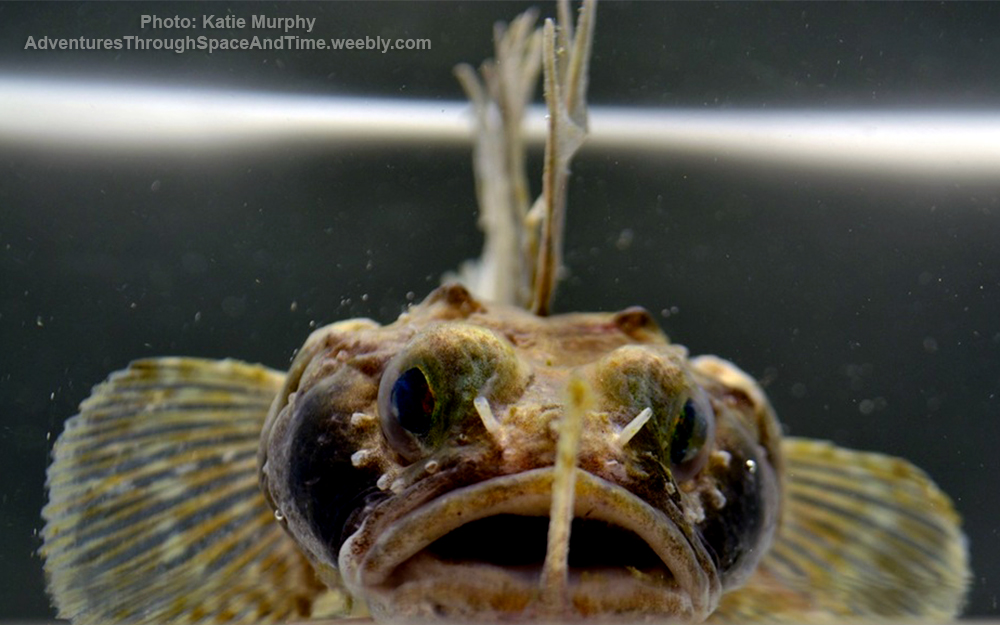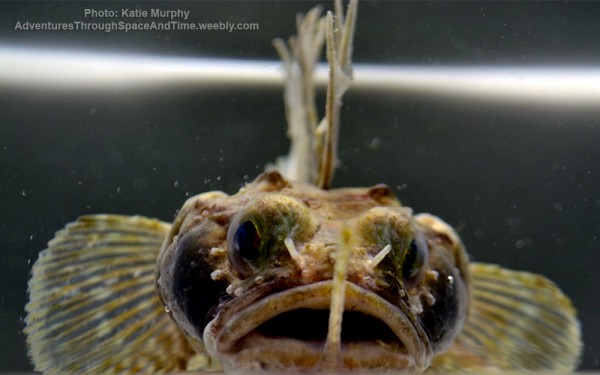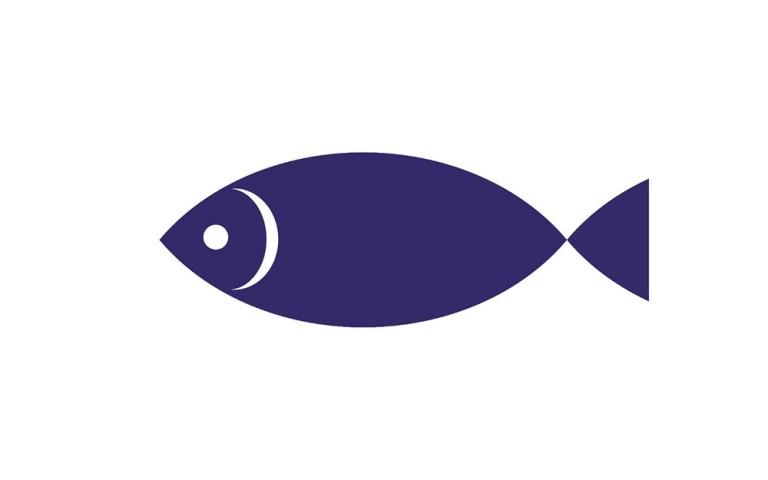Artedidraconidae - Barbled plunderfishes

Classification
Description
The Artedidraconidae, barbeled plunderfishes, are a family of marine ray-finned fishes, notothenioids belonging to the Perciform suborder Notothenioidei. The family comprises four genera. These fishes are endemic to deep waters off Antarctica.
Genera
The following four genera are classified within the family Artedidraconidae:
Artedidraco Lönnberg, 1905
Dolloidraco Roule, 1913
Histiodraco Regan, 1914
Pogonophryne Regan, 1914
Characteristics
Artedidraconidae fishes are characterised by having a body tapering from their large heads to their caudal fins. They have 2 dorsal fins, the first contains 2-7 spines and the second has 22-30 segmented soft rays while the anal fin has 14-21 soft rays. They have large pectoral fins containing 14-21 fin rays while the pelvic fins are positioned at the jugular and contain a single long, sharp spine and 5 soft rays. There are 8-11 branched rays in the caudal fin.
They have a large and protractile mouth with small conical teeth on the jaws but none elsewhere. The snout has a single nostril on each side. There is a flattened and hooked spine on the operculum. There are no scales on the head and body. There are two lateral lines, upper and middle.
A mental barbel, i.e. on the chin, is a characteristic of this family; the morphology of this barbel is variable with the species. They have structures called convexitas superaxillaris, which are large spherical protrusions with an elastic feel on the body, situated just under the base of the pectoral fin; they may have a role in the system of cold resistance, secreting anti-freeze proteins and possibly a social function, expressing dominance. The smallest species is Pogonophryne albipinna which has a maximum standard length of 3.8 cm (1.5 in) while the largest species in the family is Pogonophryne neyelovi which has a maximum total length of 35.5 cm (14.0 in).[6]
Distribution, habitat and biology
Artedidraconidae is found in the Southern Ocean where they occur in deeper waters around the continent of Antarctica and some sub Antarctic islands. They are found at depths between 5 and 2,500 m (16 and 8,202 ft). These fishes are sluggish and sedentary and typically stay motionless on the substrate for long periods waiting for prey to come to them, normally peracarid crustaceans and polychaete worms.












